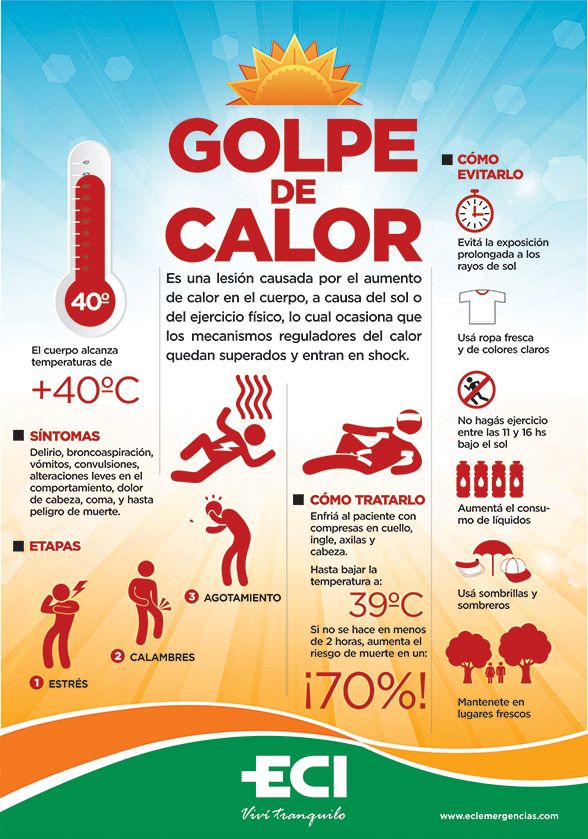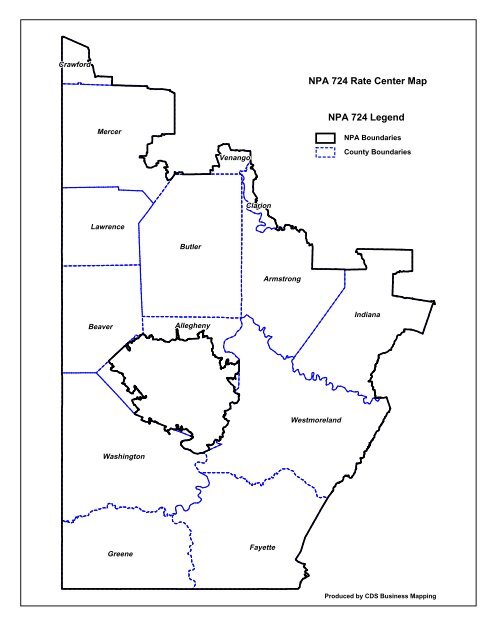As climate change continues to alter weather patterns worldwide, the frequency and intensity of heatwaves have increased, making “alerta por calor excesivo” (excessive heat alert) a term of growing importance. This article delves into the intricacies of excessive heat alerts, providing you with a thorough understanding of what they entail, who is affected, and how to stay safe during extreme heat events.
The term “alerta por calor excesivo” is becoming more common in weather forecasts and public safety announcements. These alerts are issued to warn the public about dangerously high temperatures that can pose serious health risks. Understanding these alerts, their implications, and how to respond to them is crucial for ensuring personal safety and well-being.
Key Takeway
- Definition: An “alerta por calor excesivo” is a warning issued by weather authorities when temperatures are expected to reach levels that can cause health issues.
- Health Risks: High temperatures can lead to heat-related illnesses such as heatstroke, dehydration, and heat exhaustion.
- Precautionary Measures: Staying hydrated, avoiding direct sunlight, and using air conditioning are key to staying safe during excessive heat periods.
- Vulnerable Populations: The elderly, children, and individuals with pre-existing health conditions are particularly at risk.
- Public Response: Communities and local governments often open cooling centers and provide resources to help residents cope with extreme heat.
Detailed Explanation
Parties Involved?
Excessive heat alerts are typically issued by national and local weather services. Meteorologists monitor temperature trends and forecast models to predict when heatwaves will occur. Public health officials also play a critical role by advising on the health risks associated with extreme heat and recommending safety measures.
Specific groups that are heavily involved include:
- Weather Agencies: Organizations such as the National Weather Service (NWS) in the United States or AEMET (Agencia Estatal de Meteorología) in Spain are responsible for issuing heat alerts.
- Public Health Departments: These departments provide guidelines on how to stay safe during extreme heat and often coordinate with local governments to open cooling centers.
- Emergency Services: Fire departments, paramedics, and other emergency responders are on high alert during excessive heat periods to respond to heat-related emergencies.
Timeline of Events
Excessive heat events follow a predictable pattern, allowing for timely alerts and preparations. Here is a typical timeline:
- Pre-Event Monitoring: Meteorologists begin monitoring weather patterns days or even weeks in advance. They look for signs of high-pressure systems that can lead to heatwaves.
- Alert Issuance: When forecast models indicate that temperatures will reach dangerous levels, weather agencies issue an “alerta por calor excesivo.” This typically happens 24 to 48 hours before the heatwave is expected to peak.
- Public Notification: Alerts are disseminated through various channels, including television, radio, social media, and emergency alert systems.
- Response Phase: During the heatwave, public health departments and emergency services are on high alert. Cooling centers may be opened, and public advisories are issued to remind people of safety measures.
- Post-Event Assessment: After the heatwave subsides, agencies conduct assessments to evaluate the impact and effectiveness of the response measures.
Impact on Personal and Professional Lives
Extreme heat can significantly affect both personal and professional lives. Here’s how:
Personal Impact
- Health Risks: Prolonged exposure to high temperatures can lead to heat-related illnesses such as heat exhaustion, heatstroke, and dehydration.
- Daily Activities: Excessive heat can limit outdoor activities, making it difficult to exercise, run errands, or enjoy leisure time outside.
- Home Environment: Without proper cooling, homes can become unbearably hot, leading to discomfort and potential health risks.
Professional Impact

- Workplace Safety: For those who work outdoors or in non-air-conditioned environments, excessive heat can pose serious health risks. Employers may need to adjust work schedules or provide additional breaks.
- Productivity: High temperatures can reduce productivity, as employees may struggle to focus and maintain energy levels.
- Operational Challenges: Businesses may face operational disruptions, particularly in sectors like agriculture, construction, and transportation.
Public Reaction
Press Reaction to excessive heat alerts are crucial in shaping the overall response to these events. Media coverage plays a significant role in raising awareness and ensuring that people take the necessary precautions.
Public Reaction
Generally, the public reacts to excessive heat alerts by taking preventive measures such as staying indoors, increasing fluid intake, and using air conditioning. However, the level of preparedness can vary depending on the region and the effectiveness of the public messaging.
Media Coverage
Media outlets provide extensive coverage of excessive heat events, often featuring expert interviews, safety tips, and real-time updates. Significant media coverage examples include:
- News Reports: Local and national news channels frequently cover heat alerts, providing viewers with essential information on how to stay safe.
- Social Media: Platforms like Twitter and Facebook are used to share quick updates and safety tips, reaching a broad audience rapidly.
- Public Service Announcements: Government agencies and health departments often collaborate with media outlets to broadcast public service announcements during heatwaves.
Future Plans
As climate change continues to drive global temperatures higher, the frequency and severity of heatwaves are expected to increase. This necessitates improved planning and response strategies to mitigate the impact of excessive heat on public health and safety.
Improved Forecasting
Advancements in meteorological science are enhancing our ability to predict heatwaves with greater accuracy. Improved forecasting models allow for earlier and more precise alerts, giving communities more time to prepare.
Infrastructure Upgrades
Many cities are investing in infrastructure upgrades to better cope with extreme heat. This includes the development of more green spaces, installation of cooling centers, and improvements to public transportation systems to ensure they remain operational during heatwaves.
Public Awareness Campaigns
Ongoing public awareness campaigns are essential for educating people about the dangers of excessive heat and how to stay safe. These campaigns often focus on vulnerable populations and aim to provide accessible resources and information.
Policy Changes
Governments at all levels are considering policy changes to address the growing threat of extreme heat. This includes regulations to protect outdoor workers, mandates for air conditioning in public buildings, and incentives for energy-efficient cooling solutions.
The “alerta por calor excesivo” is a crucial tool in safeguarding public health during periods of extreme heat. By understanding the risks associated with excessive heat and taking appropriate precautions, individuals and communities can better protect themselves. As climate change continues to influence weather patterns, the importance of these alerts will only grow. Staying informed, prepared, and proactive is key to navigating the challenges posed by rising temperatures.
In summary, excessive heat alerts are not just warnings; they are calls to action. By heeding these alerts and implementing recommended safety measures, we can reduce the health risks associated with extreme heat and ensure that our communities remain resilient in the face of climate change.


